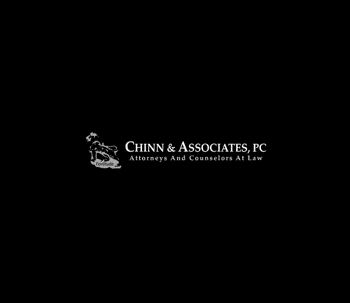
ASSISTED REPRODUCTIVE TECHNOLOGY IS OPENING MANY OPPORTUNITIES FOR PEOPLE AND CREATING A WHOLE RANGE OF LEGAL ISSUES

|
By
Chinn & Associates
Interesting opportunities and legal scenarios come from the taking of many eggs from a woman. Couples who go through in vitro fertilization often remove many eggs from the woman and use the embryos to create pregnancy and then “freeze” or “cyropreserve” the rest for future use. Several options present themselves for unused embryos, such as storing them, donating them for research or thawing them and discarding them. If a couple has stored embryos and then divorce, issues have arisen as to what should happen to the embryos that have been stored. It is thought that there are literally hundreds of thousands of stored embryos.
There is some case law out there regarding these issues but there appears to be little uniformity. Three states have passed laws touching on some of these issues. The National Conference of Commissioners on Uniform Laws proposes a model act called, “ART,” for “assisted reproductive technology.” Lawyers should educate themselves on these matters in order to assist people and open up these magnificent technologies for more use.
(All material taken from the seminal publication on this topic authored by my friend Professor Charles Kindregan, Jr., and Maureen McBrien, Assisted Reproductive Technology, (ABA, 2206) which may be obtained at ababooks.org.)
Categories: